
The Battle of Elands River was an engagement of the Second Boer War that took place between 4 and 16 August 1900 in western Transvaal. The battle was fought by the Elands River between a force of 2,000 to 3,000 Boers who attacked a garrison of 500 Australian, Rhodesian, Canadian and British soldiers, who were stationed at Brakfontein Drift near the Elands River to act as a garrison for a British supply dump. Over the course of 13 days, the garrison was heavily shelled and attacked with small arms. Outnumbered and surrounded, the garrison was asked to surrender, but refused. The siege was subsequently lifted when the garrison was relieved by a 10,000-strong column led by Lord Kitchener.

Background

In December 1899, the fighting in South Africa moved into a second stage.[1] The earlier phase of the campaign had been characterised by the British Army's use of large-scale conventional infantry forces which suffered heavy casualties in engagements with highly mobile Boer forces. In response, the British launched a series of counter-offensives that managed to secure the main population centres in South Africa, divorcing the Boers from their supply base. In response, the Boers began a guerrilla warfare campaign. Operating in small groups, Boer commandos attacked columns of troops and supply lines, carrying out sniping, ambushing and launching raids on isolated garrisons and supply depots.[1]

Following the lifting of the siege of Mafeking, to supply forces operating in the area and to serve as a way point on the route between Rustenburg and Zeerust,[2] the British had situated a supply dump near Brakfontein Drift along the Elands River, about 35 kilometres (22 mi) west of Pretoria.[3] By mid-1900, the supplies that were located at Elands River included over 1,500 horses, mules or cattle, a quantity of ammunition, food and other equipment worth over 100,000 pounds, and over 100 wagons.[4] As the supplies were vulnerable to Boer raids, a garrison, spread across several positions, had been established.[5]
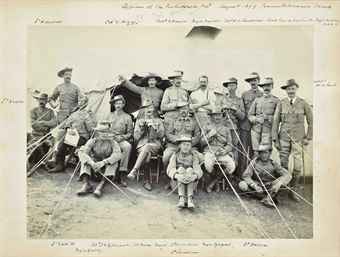
The main position was at a farm located about 1 kilometre (0.62 mi) away from the river, occupying a position on a small ridge while two smaller positions were established on hills to the south, closer to the river, which were later called Zouch's Kopje and Butters' Kopje.[5] The position was bracketed by two creeks – the Brakspruit to the north and the Doornspruit to the south – which flowed west into the river. A telegraph line ran through the farm along the Zeerust–Rustenburg road, which crossed the river at a fjord about 1 kilometre (0.62 mi) west of the farm.[6] While the ground to the north, south and west of the position dropped to the river where the Reit Valley opened towards Zeerust 50 kilometres (31 mi) away, the ground to the east of the farm rose towards a high point which came to be known as Cossack Post Hill and which was used by the garrison defending the post to send messages to Rustenburg – 70 kilometres (43 mi) away – using a heliograph.[7]

Prelude
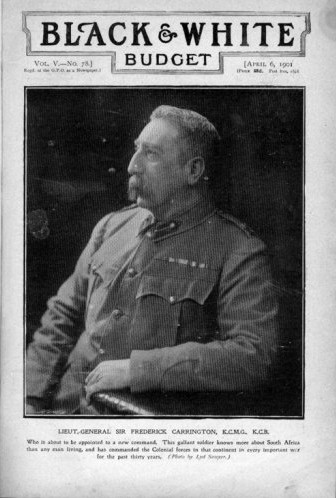
On 3 August, an 80-wagon supply convoy arrived at Elands River from Zeerust, where they were to wait for their escort, a column of 1,000 men from the New South Wales Imperial Bushmen along with some South African irregulars commanded by General Frederick Carrington to arrive from Mafeking.[2] Desperate for supplies, Boer forces decided to attack the garrison with the view to securing the supplies located there.[5] Prior to the battle commencing, the garrison had received intelligence warning them of the attack. As a result, some actions were taken to fortify the position, with a makeshift defensive perimeter being established utilising stores and wagons to create barricades.[5] Little attempt had been made, however, to dig-in as the ground around the position was hard and there was a lack of digging equipment amongst the garrison.[8]

The garrison defending the Elands River post consisted of about 500 men.[5] The majority of this force were Australians, with 105 being from New South Wales and 141 from Queensland along with 42 Victorians, nine from Western Australia and two from Tasmania. In addition to these there were 201 men from Rhodesia along with three Canadians and three British. Together they were commanded by a British officer, Lieutenant Colonel Charles Hore.



The only fire support that the garrison possessed was a single Maxim machine-gun and an antiquated 7-pounder screw gun, for which there was little ammunition.[5] In addition to the military garrison, there were also a number of civilians staying at the farm. These consisted of several Africans working in various roles including as porters, drivers, or runners and also about 30 European settlers who, because of their support for the British, were being evacuated from the area.[4] Against this, the Boer force, consisting of between 2,000 to 3,000 men drawn from the Rustenburg, Wolmaransstad and Marico commandos,[8] under the command of Generals Koos de la Rey and Hermanus Lemmer, possessed six 12-pounder field guns for indirect fire, and three pom-poms, which could provide rapid direct fire support.[5]

Battle

After surrounding the garrison during the night while they were occupied entertaining themselves singing around their campfires,[2] the Boers' attack began early on 4 August after the garrison had been stood down for breakfast. A couple of rifle shots from the riverbed announced the commencement of the attack. They were followed by an intense artillery barrage from the guns that the Boers had moved into position around the farm.[8] One pom-pom and a 12-pounder engaged one of the outposts from the south-west from behind an entrenched position about 3,000 yards (2,700 m) away on the opposite side of the river, while the main position was engaged from three guns positioned to the east along with a Maxim gun, snipers, a pom-pom and an artillery piece in multiple positions to the north-west about 2,000 yards (1,800 m) away. A third position, about 4,300 yards (3,900 m), consisting of an artillery piece and a pom-pom, engaged the garrison from high ground overlooking the river to the west.[9] In response, the crew of the defenders' screw gun returned fire, destroying a farmhouse from where some of the Boers were firing, however, the gun fell silent soon after when it jammed.[10] Unanswered, the Boer barrage devastated the oxen from the supply convoy and killed almost all of the 1,500 horses, mules and cattle in the garrison.[2] Those that remained alive were set free due to concerns that they would stampede.[10] In addition, the telegraph line was destroyed, while a considerable amount of stores were destroyed and a number of casualties were inflicted upon the defenders.[5]


In an effort to silence the guns, a small party of Queenslanders under Lieutenant James Annat, sallied over 200 yards (180 m) to put in an attack on one of the Boer pom-pom positions, forcing its crew to pack up their weapon and withdraw.[10][11] Nevertheless, the other guns remained in action and the barrage continued throughout the day, before easing as night fell. Following this, the defenders used the brief respite to begin digging in,[2] using their bayonets, and to clear away the dead animals.[10]

The following morning, 5 August, the Boer gunners continued the shelling, but this time the effects were limited by the defences that had been dug the night before.[2] Later that day, the relief column that the garrison had been waiting for was ambushed by a Boer force under Lemmer's command about 3 kilometres (1.9 mi) west of the position and, although their casualties were light, consisting of only 17 wounded, they were forced to withdraw.[5] They later destroyed supplies at Groot Marico, Zeerust and Ottoshoop, so that they would not fall into Boer hands.[2] When it became apparent that their relief had been turned back, the Boer commander, de la Rey, seeking a way to end the siege before another relief force could be sent,[12] ordered his men to cease fire and sent a messenger to the garrison calling upon them to surrender; his opposite number, however, rejected the offer and as a result the attack resumed and was subsequently continued throughout the night.[2] Nevertheless, the defenders continued to improve their position, constructing stone sangars and digging their fighting pits deeper.[5] Wood, salvaged from wagons that had been destroyed in the barrage, was used to provide overhead protection to the defenders' positions, several of which were linked with an underground tunnel.[12] Due to the lack of shells, once they had repaired it, the defenders were only able to use their own artillery piece for counter-battery fire sparingly.[11]

After the initial heavy barrage, on the third day of the siege the Boer gunners eased their rate of fire when it became apparent that they were destroying some of the supplies that were trying to capture. Nevertheless, the Boers maintained small arms fire on the defenders, keeping them fixed in their defences during the intense heat of the day; the heat served to have a secondary impact upon the garrison, speeding up the decomposition of the dead animals, the smell of which was considerable.[5] There was no water source within the main camp, so to secure water for the garrison, patrols under the command of a Rhodesian officer, Captain Sandy Butters,[2] who commanded the southern-most outpost at Butters' Kopje, were sent out at night to collect it from the Elands River, about 800 metres (870 yd) away.[3] During a number of these sallies, fire was exchanged and the party had to fight their way back.[2] Attempts were made by the Boers to take the kopje to the south of the Doornspruit on two nights – 6 and 7 August – in an effort to cut off the defenders' supply of water, however, Rhodesians, under the command of Butters, helped by supporting fire from the Zouch's Kopje near the creek's confluence with the river, repulsed both attacks.[12]


As the fighting continued, the British made a second attempt to relieve the garrison, dispatching a force of about 2,000 men under Colonel Robert Baden-Powell from Rustenburg on 6 August. Baden-Powell, despite having a superior force, delayed just 8 miles (13 km) from Rustenburg and only a third of the way to Elands River and failed to scout the situation. By midday, Baden-Powell turned back to Rustenburg without orders and sent messages claiming to have heard gun fire moving westward and suggesting the garrison must have been evacuated to the west by Carrington. Based on the reports provided by Carrington upon his return, the British commanders in Pretoria and Mafeking were under the impression, notably from Baden-Powell's messages, that the garrison had surrendered and, as a result, when Baden-Powell's force was about 30 kilometres (19 mi) away from the besieged Elands River garrison at Brakfontein, Lord Roberts ordered Baden-Powell and the rest of General Ian Hamilton's force at Rustenburg to return to Pretoria.[2] On 7 August, Roberts learned that Carrington had failed to evacuate the Elands River garrsion.[14]
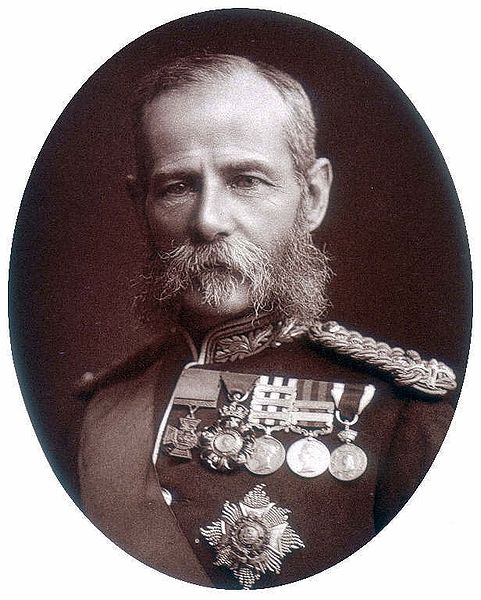

The siege continued, however, the size of the Boer force surrounding the garrison dwindled as their attention was drawn by attacks on nearby farms by members of the Kgatla tribe. As a result, the weight of fire that the Boers brought down on the outpost also decreased before finally it ceased altogether.[15] In response, the defenders sent patrols out to scout the Boer positions and small raiding parties were also sent out at night.[5] These raids failed to determine that the Boers were retreating and as a result, instead of seizing the initiative the defenders remained largely tied to their defences, thinking that the Boers were attempting a ruse to draw them out. It was not a ruse, though, and finally only about 200 men from the Wolmaransstad commando remained around the farm.[15]

On 13 August, the British commanders learned that the garrison was still holding out when they intercepted a message that was being passed between Boer commanders via a runner.[2][9] Two days later 10,000 men under the command of Lord Kitchener, set out towards Elands River. As they approached, de la Rey, realising that he was faced by a superior force, decided to withdraw what remained of his force.[9] That evening, a message was sent through to Hore by four Western Australians from a force under Beauvoir De Lisle,[15] and Kitchener's column arrived the following day, on 16 August.[9]
Aftermath

Casualties for the defenders amounted to 12 soldiers killed and 36 wounded.[9] In addition, four African porters were killed and 14 were wounded, and one "loyalist" European settler was wounded.[16] Of the 12 soldiers that were killed, eight were Australians.[17] Although the behaviour of the defending troops was not beyond reproach, with some of them becoming drunk during the siege,[17] the commander of the relieving force, Lord Kitchener, told the garrison upon his arrival that their defence had been "remarkable" and that only "...Colonials could have held out in such impossible circumstances".[17] The garrison's performance was also later lauded by Jan Smuts, who was at the time a senior Boer commander, describing the defenders as "...heroes who in the hour of trial...[had risen]...nobly to the occasion".[9] The battle has been described by historian Chris Coulthard-Clark as being "...perhaps the most notable action involving Australians in South Africa".[9] The writer, Sir Arthur Conan Doyle, who served in a British field hospital at Bloemfontein during 1900 and who later published a series of accounts of the conflict, also highlighted the significance of the battle.[11]
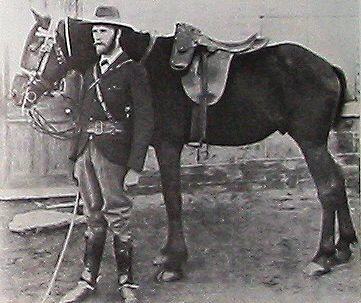
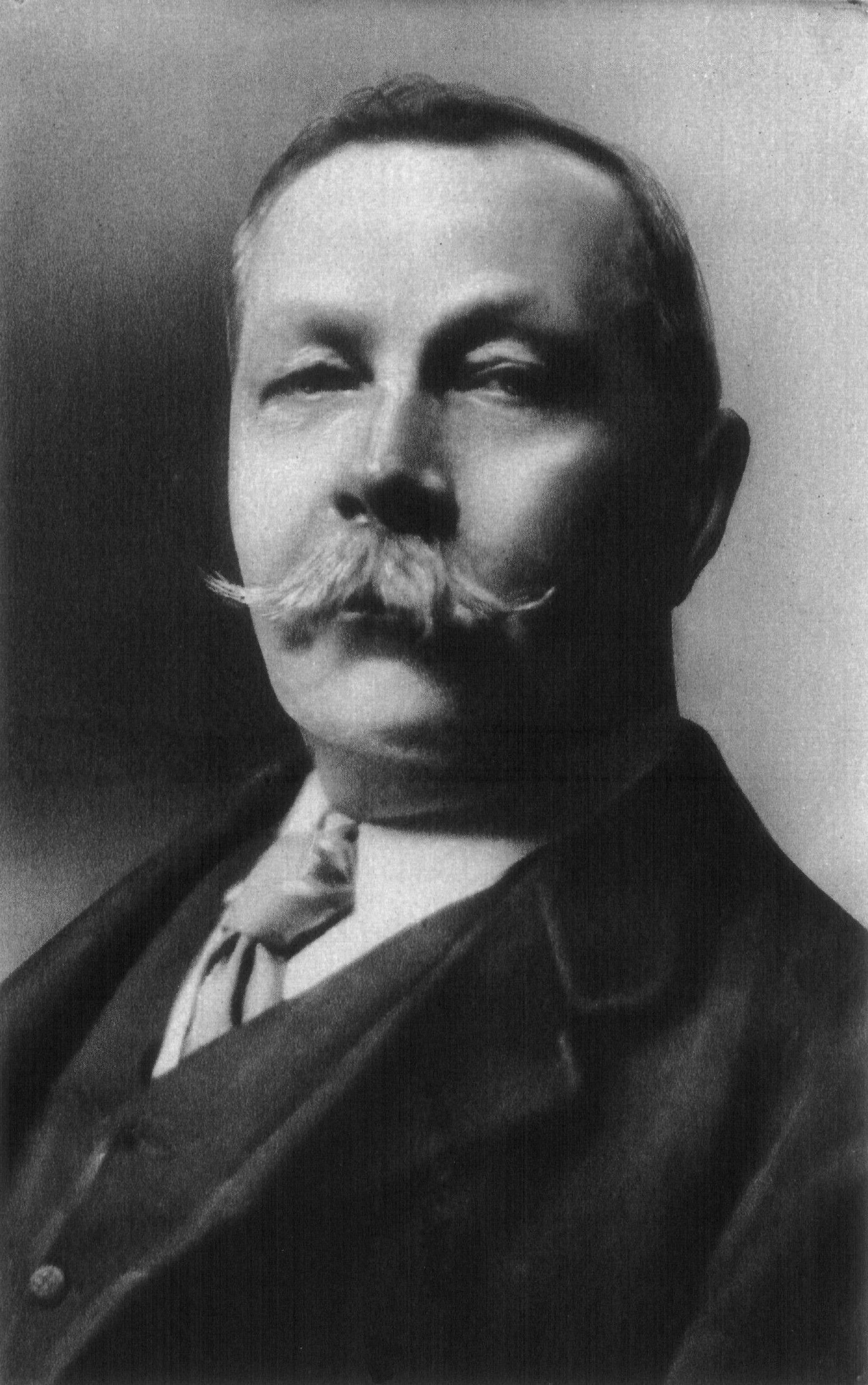
For their actions during the siege, the Rhodesian commander, Captain Sandy Butters, was invested with the Distinguished Service Order, as was Captain Albert Duka, a medical officer from Queensland. Three soldiers – Corporal Robert Davenport and Troopers Thomas Borlaise and William Hunt – received the Distinguished Conduct Medal.[16] Borlaise, who had been a miner before enlisting, received his medal for the role he had played in improving the position's defences,[18] while Davenport received the award for rescuing two wounded men under fire.[10]

The battle had a number of strategic implications also. Not only did the difficulty that the British have in relieving the garrison serve to boost the morale of the Boers, which had been flagging due to earlier reverses, but the act of doing so drew forces away from cordon that was being set up by the British to capture Christiaan De Wet,[2] who subsequently managed to escape through the Magaliesberg.[15] The fighting would continue and over a year later, on 17 September 1901, another battle was fought along the Elands River at Modderfontein farm,[19] where a Boer force under Smuts and Deneys Reitz overwhelmed a detachment of the 17th Lancers and raided their camp for supplies.[20]

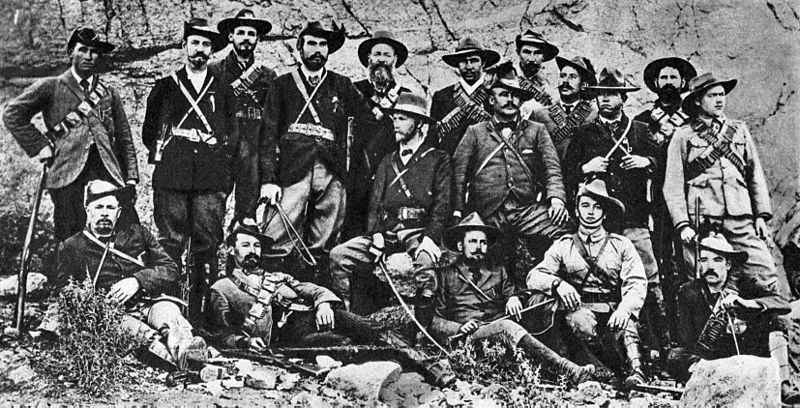


Notes
1.
^ a b "Australia
and the Boer War, 1899–1902". Australian War Memorial.
Retrieved 6 January 2012.
3.
^ a b c Horner 2010, p. 66.
4.
^ a b Wilcox 2002, p. 120.
8.
^ a b c d Wilcox 2002, p. 122.
12. ^ a b c Wilcox 2002, p. 125.
15. ^ a b c d Wilcox 2002, p. 127.
16. ^ a b Wilcox 2002, p. 128.
17. ^ a b c Horner 2010, p. 67.
Taken from: http://en.wikipedia.org/wiki/Battle_of_Elands_River_%281900%29 [16.08.2013]

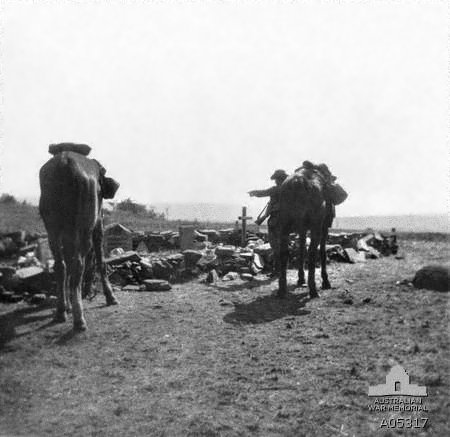



No comments:
Post a Comment